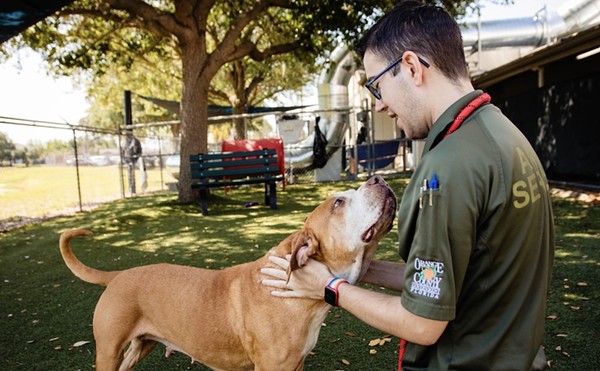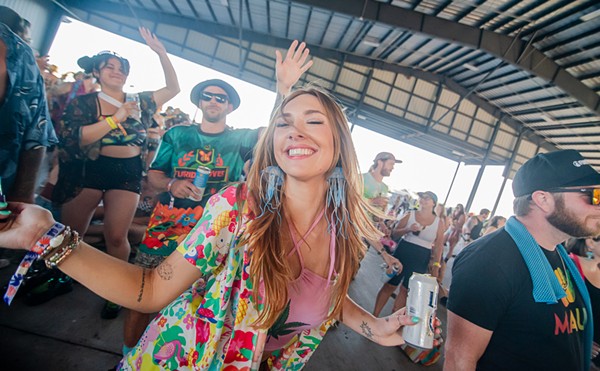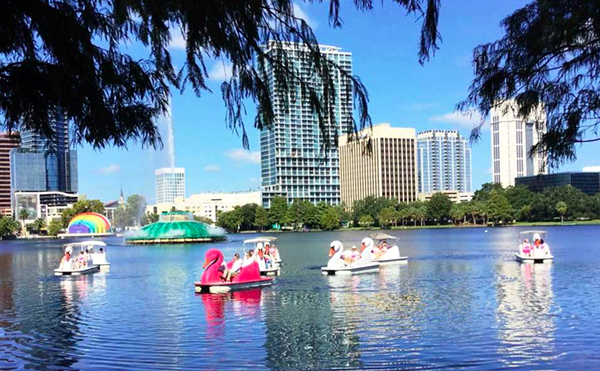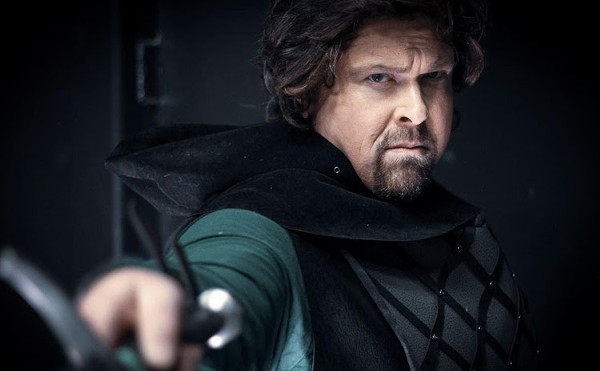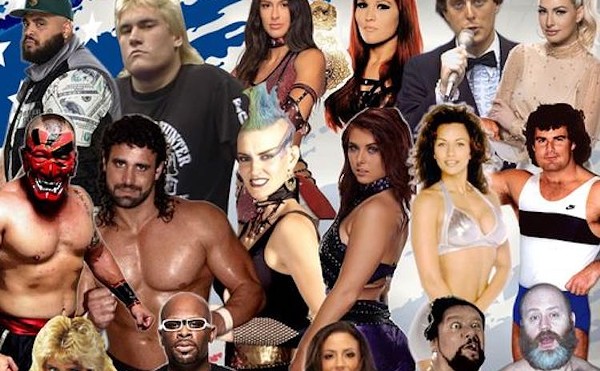"The Highwaymen" Orlando City Hall Terrace Gallery, Through March 29, 1998
In the early 1950s, A.E. "Bean" Backus, dean of Florida landscape painters, found an unlikely group of people showing up at his Fort Pierce door: young, black artists who possessed amazing talent and little else.
Bean was good-natured and emotionally accessible, with a Bohemian bent, and became mentor to the struggling, self-taught artists who traveled Florida's byways to capture on canvas the lush landscapes.
Bean also sowed entrepreneurial seeds; his discoveries took to peddling their work along roadsides, earning just enough to keep paint in their brushes and gasoline in their cars. Never would they have believed that four decades later their work would be considered a folk-art treasure.
"Nowhere in America's art history has the same set of circumstances evolved to allow the tracking of such a movement -- a group of all black artists who were unlettered and unfettered," says Jim Fitch, founding director of The Museum of Florida's Art and Culture in Sebring, which collects only 20th-century Florida art work and owns the folk-art collection. "As I set out to define parameters for the museum's permanent collection, I kept being referred to the Fort Pierce area and this group of approximately 23 artists. I named them ‘The Highwaymen' `though one of them is a female` three years ago, as a means of identifying a style, subject and movement that has evolved into the Indian River School of Art, the only uniquely Florida school of art that can be identified as such."
The art of The Highwaymen is so splendid, in part, precisely because it is unschooled: no sketching or under-paint, putting pigment directly onto the canvas. It is a technique that requires enormous self-confidence and extraordinary hand-eye coordination. Then there is the color, as evidenced in Harold Newton's sea, captured so truly that the canvas seems wet, and Johnny Daniels' flamboyant Florida sky of raging red.
And, from the lone female, a touch of attitude: "Everybody knows what strong black women have always meant to the black community," says Fitch, "and you can see that inherent strength in Mary Ann Carroll's work. It says, ‘I'm in your face if I need to be, and I don't mind being there."
Three of the original Highwaymen have died, but half of the survivors are still painting. And if you can find them, their works are a comparative bargain. But not for long: Southern black folk art is a hot, hot trend, as collectors tap into the contribution African-Americans have made to American art.




